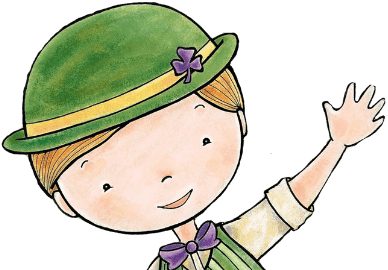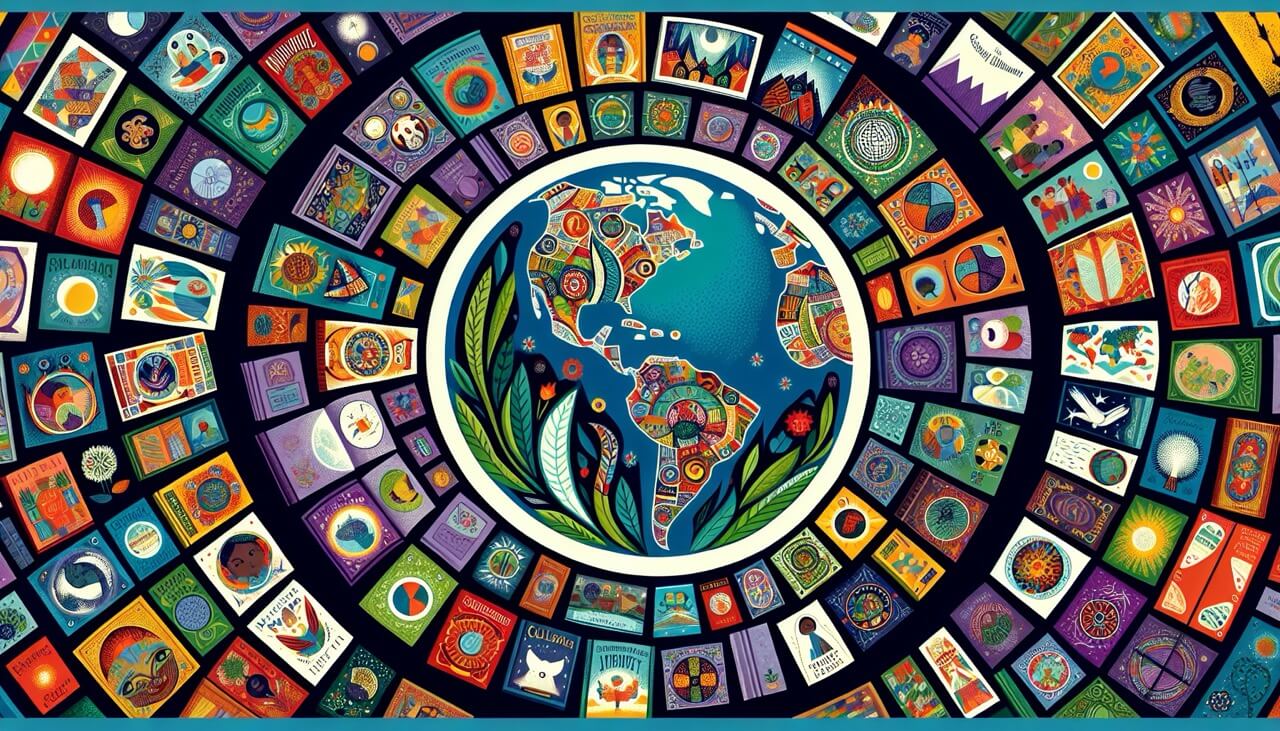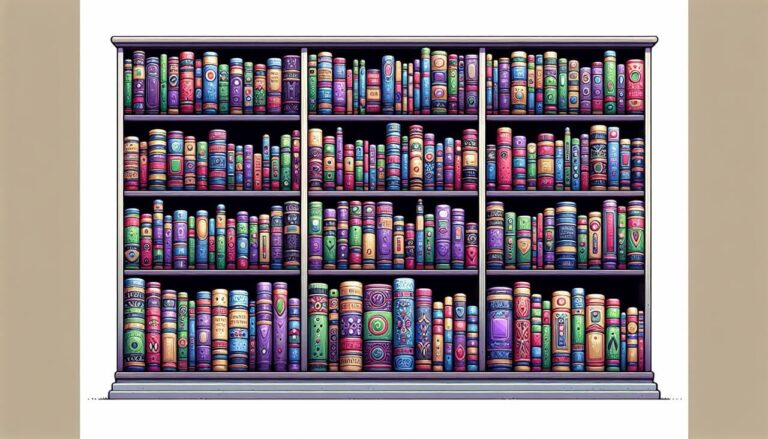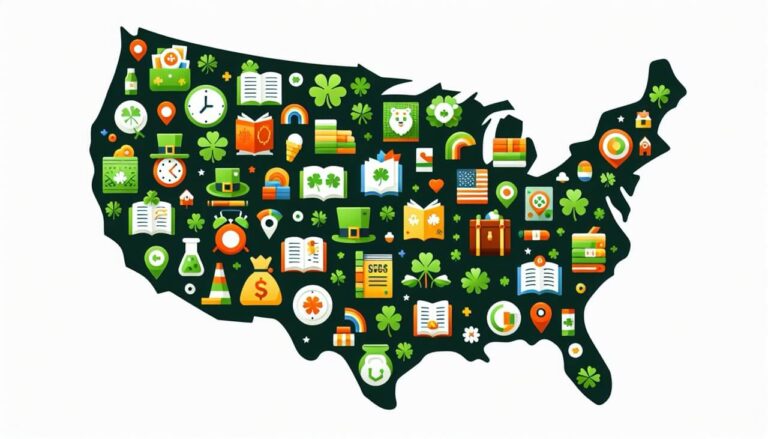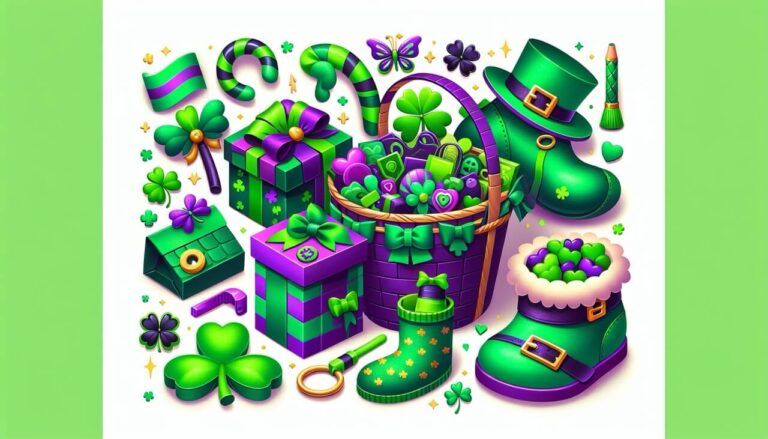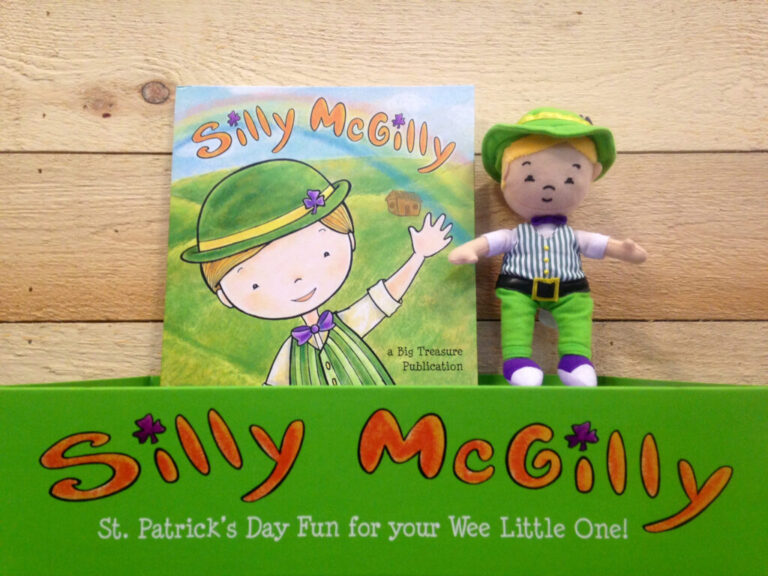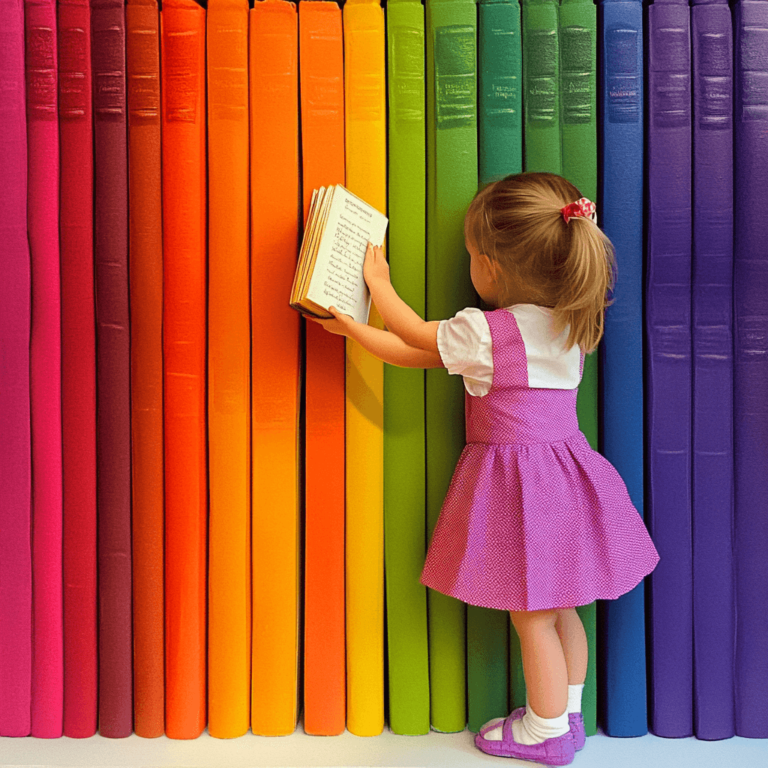Best Multicultural Books for Children
In a world as wonderfully diverse as ours, children’s literature should serve as a mirror and a window: a mirror in which they see themselves, and a window through which they see others. Multicultural books for children are essential tools for building empathy, understanding, and a broader worldview from a young age.
These books introduce young readers to the vast array of cultures, languages, traditions, and experiences that make up our global community.
This article explores some of the best multicultural books available for children today. Each book is a gateway to a new world, offering stories that celebrate diversity and foster a deep appreciation for the world’s many cultures. For parents and educators seeking to enrich a child’s reading experience, these books are not just stories—they are open invitations to embark on a journey of learning and inclusivity. If you’re looking for more ways to engage young readers, don’t miss our insights on how to encourage a love of reading in young children.
Importance of Multicultural Books
Multicultural books are more than just stories with diverse characters; they are profound teaching tools that help children understand and appreciate the world beyond their immediate environment. These books help build a foundation of respect and empathy for people from different cultures, races, and backgrounds. They challenge stereotypes and help combat prejudice by presenting characters in a variety of roles and contexts that reflect the real world.
Note that the benefits of introducing multicultural books into a child’s library extend beyond social awareness; they also contribute to cognitive development. Children exposed to diverse cultures through reading achieve higher levels of critical thinking and problem-solving skills. They learn to embrace differences and to see them as aspects of humanity to be celebrated rather than feared. For a deeper look into the transformative power of reading, explore our discussion on the benefits of reading to your child at night.
Stories from Around the World

One of the joys of multicultural books is their ability to transport readers across the globe through vivid storytelling. From the bustling streets of Mumbai in “Monsoon Afternoon” by Kashmira Sheth to the expansive savannas of Kenya in “For You Are a Kenyan Child” by Kelly Cunnane, these stories provide children with a passport to different parts of the world. They offer authentic insights into daily life in other countries, portrayed through the eyes of characters children can relate to.
Side note: These books often come enriched with details about local customs, languages, and lifestyles, making them an excellent supplement to geography and social studies education. They spark curiosity about the world and inspire respect for its diverse inhabitants, cultivating global citizens from a young age.
Diverse Characters and Stories
Diverse characters serve as both mirrors and windows in children’s literature. For children from minority backgrounds, seeing characters who look like them, who experience life in ways that resonate with their own, can be validating and empowering. For others, these characters provide a glimpse into lives different from their own, offering perspectives they might not have considered otherwise.
A big plus of having a range of diverse characters is the broad spectrum of narratives and experiences these books bring to young readers. Whether it’s learning about the struggles and triumphs of a Syrian refugee in “The Boy at the Back of the Class” by Onjali Q. Raúf or exploring the rich cultural heritage of a Native American family in “Jingle Dancer” by Cynthia Leitich Smith, these stories enrich children’s understanding and empathy, which are crucial qualities in today’s global society.
Non-Fiction Multicultural Books
Non-fiction books play a pivotal role in multicultural education, offering factual, informative perspectives on different cultures and historical events. These books can range from biographies of significant figures from various backgrounds, like “The Story of Ruby Bridges” by Robert Coles, which tells the story of a young African American girl who played a key role in the civil rights movement, to explorations of significant cultural practices, like “Diwali: A Cultural Adventure” by Sana Sood.
Keep in mind the importance of accuracy and respect in these non-fiction accounts. They should be well-researched and written in a way that honors the cultures and people they represent. For an engaging look at cultural traditions through a playful narrative, consider introducing your children to “Silly McGilly,” a story that explores Irish traditions with a fun and educational twist, perfect for expanding a child’s understanding of cultural diversity.
Conclusion
In conclusion, multicultural books for children are indispensable in fostering a well-rounded, empathetic, and knowledgeable young reader. They not only broaden horizons but also deepen understanding, respect, and love for people from all walks of life. As our world becomes increasingly interconnected, the value of raising children who are not only aware of but also value cultural diversity cannot be overstated.
Remember, each book is a step towards building a more inclusive world. By incorporating these stories into your child’s reading routine, you contribute to their growth as compassionate global citizens. For more resources on building a diverse and enriching home library, check out our recommendations on the best books to gift a child for their birthday, which include a variety of multicultural options. Let’s turn the page to a more inclusive world, one book at a time.
